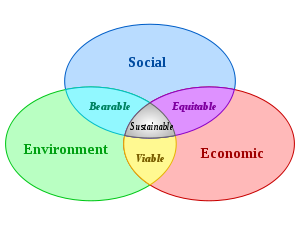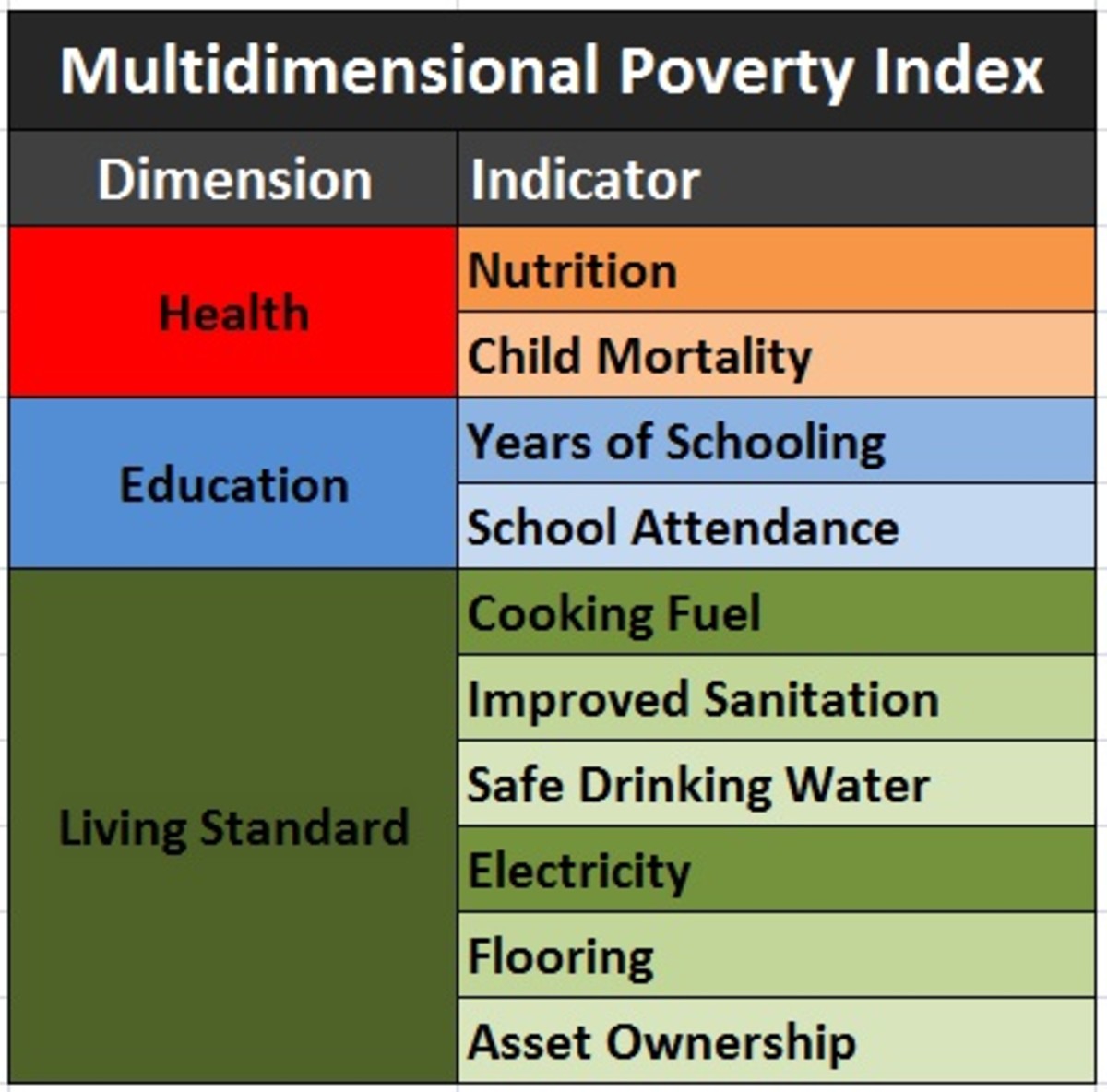Understanding Sustainable Development and our future challenges
Requirements of SD

What is SD?
What is SD? Why should we even worry about it? What's the point of researching and improving our current SD situation?
SD stands for Sustainable Development, and as you will see, it has become difficult to fully describe it. However, it does deal with energy.
Energy, aside from food, water, and breathing air, is the most pressing thing that we need in order to survive. If we are not efficient with our energy usage, then we will deplete Earth of all it's resources, which is something that we really don't want to happen.
This is based off of Allam Ahmed's article, "Understanding Sustainable Development and our future challenges". If you would like to check it out, just click here.
SD is much more than a simple definition
Ahmed takes a broad approach with concrete examples to describe the importance of sustainable development in our culture today. He argues that, in order to start implementing plans for sustainable development, we need to first understand the conglomerate mess of a definition that it has created.
The Brundtland report on sustainable development dealt mainly with the quality of life for all peoples, whereas the World Bank described it as a concept that encompasses the five different types of capital (Ahmed 2-3). Also, the LCSP took a different approach, describing that sustainable production is the overall process of making products safe throughout their lifecycle, as well as safe for the environment and the workers producing the products. None of these definitions fully cover what sustainable development, and that is exactly what Ahmed is trying to prove.
The real problem is trying to mold all of them together into one cohesive idea that is useful to everyone of every culture. For example, even though sustainable development is mostly quoted from the Brundtland Report, which explains it as maintaining healthy population growth, conserving and enhancing resources, and essentially anything needed to assure a good quality of life, the UNECE has criticized it because of it doesn’t go into enough detail relating to time, the environment, or human needs (Ahmed 3).
However, the World Bank has taken the Brundtland Reports definition of sustainable development and has divided it into five different categories of life. Unlike the Brundtland Report, the World Bank takes a into account the future and how we can help protect the world and ourselves so that we have less to worry about later.
The last well known explanation of sustainable development that Ahmed explains deals with the production and consumption of goods, which the LCSP names “Sustainable Production” (Ahmed 3). It basically states that we need to create goods that are as safe as possible for the longest time possible, both for the consumers and producers of those goods. Ahmed also states that the three requirements for something to be qualified as sustainable is that it has to be economically efficient, environmentally safe, and socially acceptable.
After Ahmed finally dissected this idea as much as he could, he showed a couple graphs and charts with the top 100 most sustainable corporations in the world, as well as a complex graph showing the necessities for becoming one of the top 100. Of all things, education and individual households were the two top qualities for becoming one of the top cooperations (Ahmed 5).

Another measurement of sustainable development is the Environmental Sustainability Index. It is more of an analytical approach because it has a total of 68 measurable variables that it takes into account (Ahmed 6). However, even with the ESI, it is still very difficult to measure the progress of a country or cooperation towards sustainable development because there is not, and probably will not ever be, a concrete definition about what all is contained within those two mysterious words.
Ahmed finally brings up the question that we have all been asking. Is it really possible to achieve this idea that we cannot even describe? The answer is yes, but it will not just happen on its’ own. First of all, he explains that different approaches need to be taken by developing counties, rich countries, civil societies, and private firms (Ahmed 8). The main idea is that everyone needs to be the most efficient with the resources they have, as well as producing where people in the future are better off than than they are now. Ahmed also explains that the UNCTAD could have taken up to seven different actions to make development sustainable. Most of the actions ranged from educating about SD issues to simply keeping it as a main focus, even introducing new goals (Ahmed 8).
Ahmed wraps up by reminding us that if we can explain the full extent of sustainable development and it’s underlying assumptions, we will be able to effectively handle any problems that might arise in the future. The final point he makes is that in order for the world to be truly sustainable, all countries must work together (Ahmed 9). If there is only one country striving to be sustainable, we will run out of resources and find ourselves unprepared in a used up world. Overall, the underlying assumptions need to be taken into account in the future so that the absolute best decision can be made towards a sustainable world.
Citations
Ahmed, A. “Understanding sustainable development and our future challenges.”
Unpublished manuscript, University of Sussex, Brighton. 2006.
LAST BUT NOT LEAST!
If you enjoyed this, let me know by voting up and sharing with someone you know! Thanks for reading and have a blessed day!







